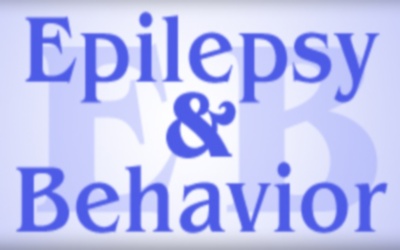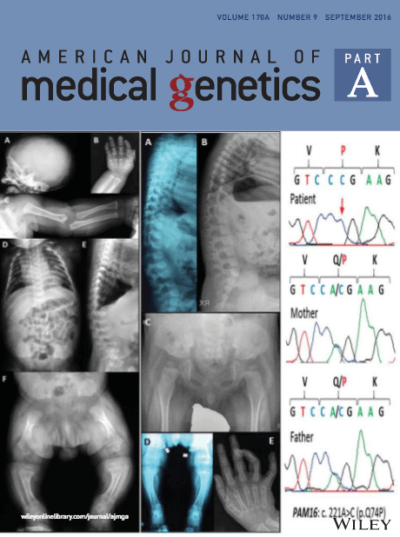
“Structured online surveys were used to explore the experiences of the parents of children with refractory epilepsy using medicinal cannabis in Mexico during September 2016. The surveys, which were completed in full, were reviewed, and 53 cases of children aged between 9 months and 18 years were identified. Of these, 43 cases (82%) were from Mexico and 10 (18%) were from Latin American countries. Of the 43 Mexican cases, the diagnoses were as follows: 20 cases (47%) had Lennox-Gastaut syndrome (LGS); 13 cases (30%) had unspecified refractory epilepsy (URE); 8 cases (19%) had West syndrome (WS); 1 case (2%) had Doose syndrome (DS); and 1 case (2%) had Ohtahara syndrome (OS). In total, 47.1% of cases had previously been treated with 9 or more anticonvulsant therapies.
The parents reported a decrease in convulsions when cannabidiol was used in 81.3% of the cases; a moderate to significant decrease occurred in 51% of cases, and 16% of cases were free from seizure. The number of antiepileptic drugs being used was reduced in 9/43 (20.9%) cases. No serious adverse effects were reported, with only some mild adverse effects, such as increased appetite or changes in sleep patterns, reported in 42% of cases.”






